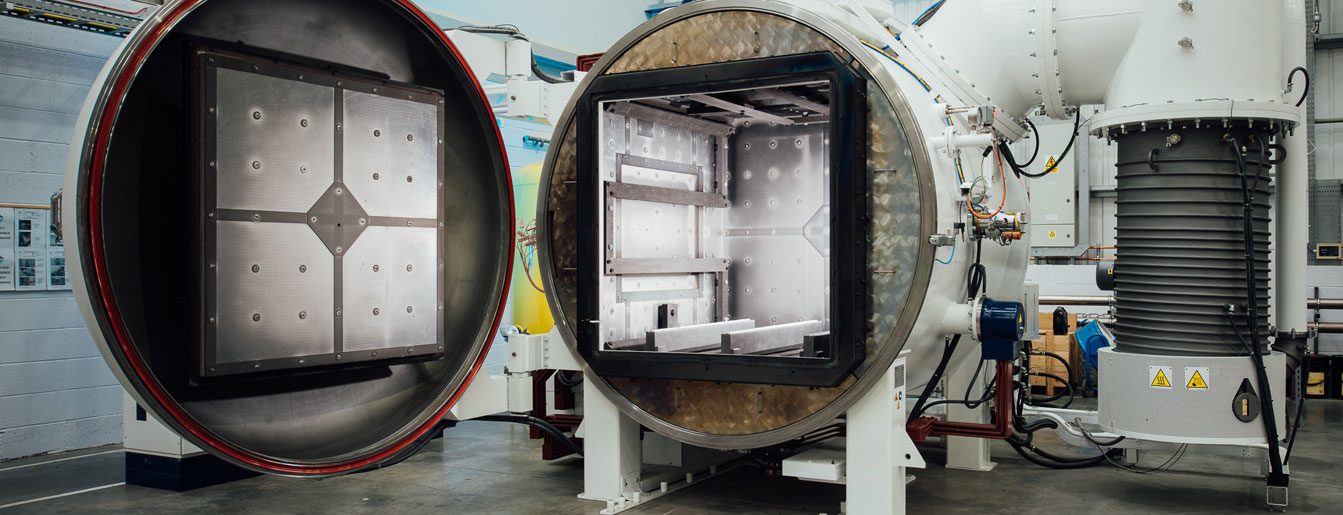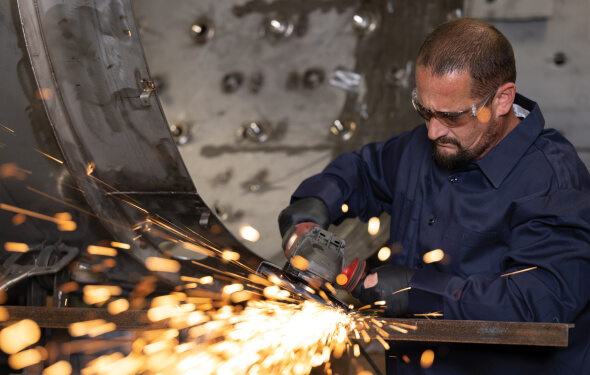Vacuum furnaces are essential for precise heat treating across critical industries like aerospace, medical, and other industrial sectors. Guaranteeing consistent results comes from properly maintained equipment.
When your vacuum furnace encounters issues, our skilled technicians are just a call away. We offer variety of services to meet your needs.
- Repairs
- Preventative maintenance
- Recondition
- Field retrofits
- Relocation
- Controls upgrade
- Complete system installs



